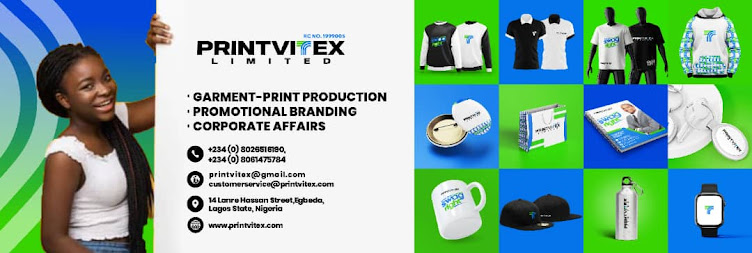According to the latest report of the UN’s World Intellectual Property Organization (WIPO), 1,608,375 patents and designs across multiple fields i.e. (87%) were granted to innovators from just six countries.
An illustration by https://www.visualcapitalist.com/cp/countries-new-patents/
The fact that the majority of patents and designs are granted to innovators from just six countries highlights the importance of intellectual property rights in today's global economy.
For brand owners, leveraging patents and designs to drive profits through promotional items can be a strategic way to differentiate their products from competitors and create added value for their customers.
Here are a few ways brand owners can leverage intellectual property to drive profits through promotional items:
- Identify the intellectual property that aligns with your brand story: The brand owner needs to identify the IP that align with the brand story and determine its scope of application.
- Conducting detailed IP due diligence before developing a promotional item: This is a critical step in ensuring that a brand owner avoids infringing on the intellectual property rights of others. By taking the time to conduct a thorough patent and trademark search, checking for trade dress protection, considering the scope of the intellectual property, and exploring licensing options, brand owners can protect themselves from costly litigation and ensure that their promotional items are both unique and legally compliant.
- Develop a promotional item: Developing a promotional item involves a series of key steps, from defining the goals and target audience, to brainstorming ideas, developing a prototype, testing and refining the design, and finally producing and distributing the product. By following these steps and working with a professional product development team, a brand can create a unique and effective promotional item that helps drive sales and increase brand awareness.
- Protect the intellectual property: Protecting the intellectual property associated with a promotional item is a critical step in ensuring that the product is not infringed upon by others, and that the brand can derive maximum value from its investment in product development. If the promotional item is novel and non-obvious, it may be eligible for patent protection. Filing for a patent can help protect the underlying technology or design of the product. If the promotional item includes a unique name, logo, or other branding elements, it may be eligible for trademark protection. Filing for a trademark can help protect the brand identity associated with the product. If the promotional item includes a unique design, it may be eligible for design protection. Filing for a design patent can help protect the visual appearance of the product.
- Communicate the intellectual property: The brand owner should communicate the intellectual property to customers and potential customers, highlight the benefits and unique features of the promotional product. This could involve creating marketing materials, such as brochures, videos, or social media posts.
- Monitor the market, maintain and enforce IP rights: The brand owner should monitor the market trend to ensure returns are fully maximized and others are not copying the trademarked, patented technology or design. This may involve paying maintenance and watch fees for monitoring for potential infringement, and taking legal action against infringers if necessary.
The bottomline is that leveraging intellectual property to create unique promotional items can translate to profit for brand owners in several ways. Here are a few examples:
- Brand Recognition: Promotional items with trademarks, unique patented technology and designs can help increase brand recognition by making the brand more visible and memorable. Customers who receive these items are more likely to remember the brand and recommend it to others, leading to increased brand awareness and potential sales.
- Competitive Advantage: Having promotional items with trademarks, unique patented technology and designs can also give the brand owner a competitive advantage over rivals. Such designs are protected and competitors cannot replicate without consent. This can help the brand capture market share and increase profits.
- Increased Brand Loyalty: Customers who receive promotional items with trademarks, unique patented technology and designs feel a stronger connection to the brand, leading to increased brand loyalty. These customers are more likely to make repeat purchases, refer others to the brand, and become brand ambassadors. This can help the brand owner build a loyal customer base and increase profits over time.
In conclusion
By following these steps, brand owners can leverage intellectual property to create unique promotional items that align with their brand story and drive profits. Additionally, by protecting their patents and monitoring the market, brand owners can ensure that they are the only ones benefiting from their innovative ideas.
Thank you for reading!
For further questions or inquiries on how we can support your promotional branding needs, you can reach us via our email: printvitex@gmail.com, call or send a WhatsApp message to +234(0)8026516190.








No comments:
Post a Comment